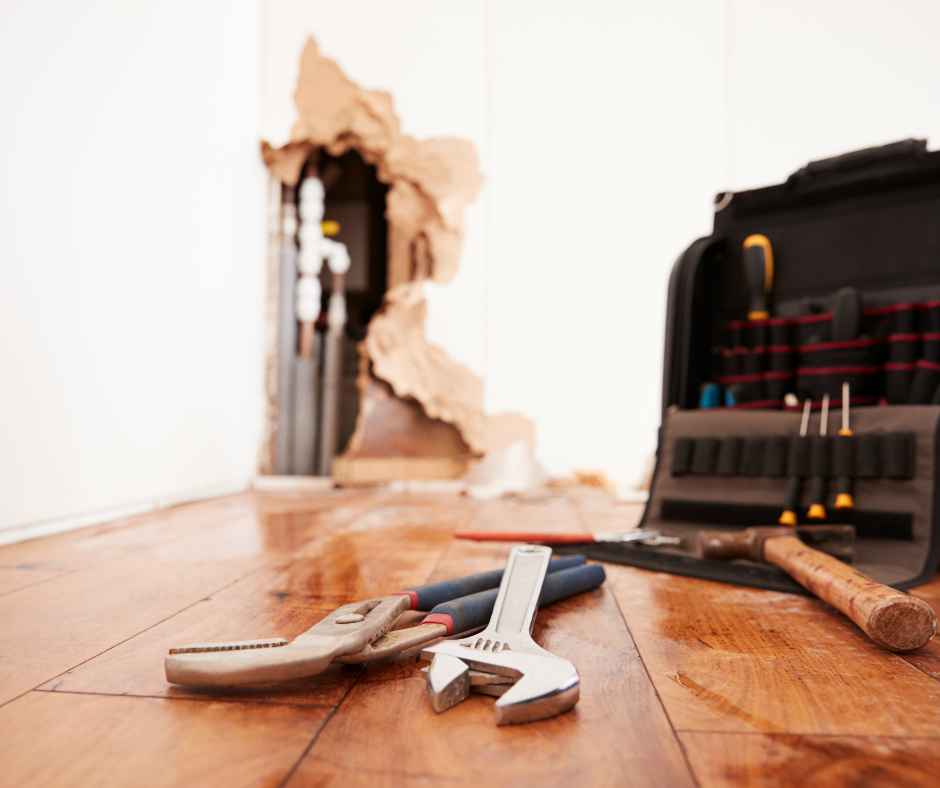the East Side & Beyond!
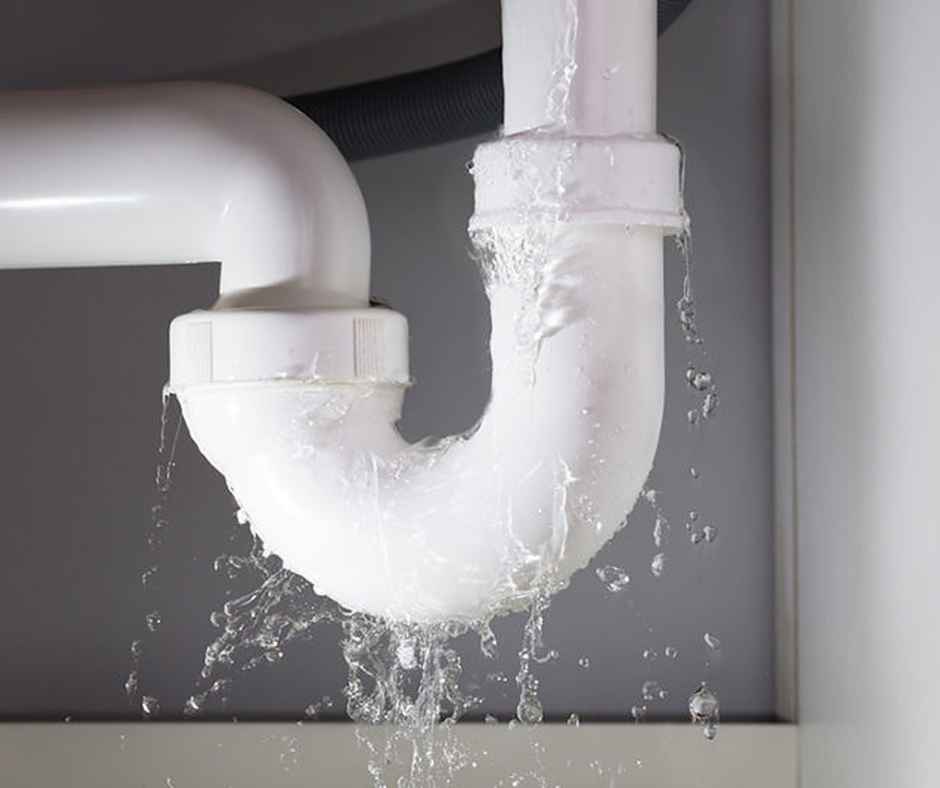
Emergency Plumbing Checklist: What to Do Before the Plumber Arrives
August 13, 2025
Plumbing emergencies always seem to strike at the worst times—overnight, during holidays, or right before guests arrive. Whether it’s a burst pipe, overflowing toilet, or an unexpected leak, the first moments of a plumbing crisis are critical. What you do before the plumber arrives can make the difference between a manageable repair and major water damage.
In those frantic minutes, having a clear action plan helps you stay calm, protect your home, and reduce the overall cost of repairs. While you don’t need to be a plumbing expert, knowing a few basic steps can go a long way in preventing further damage and speeding up your plumber’s job once they arrive.
In this blog, we’ll walk you through a simple, actionable emergency plumbing checklist. You’ll learn what to shut off, what to look for, and how to communicate the issue effectively, ensuring you’re prepared to respond quickly and protect your home until The Plumbing Joint gets there to take over.
The Importance of Acting Quickly in Plumbing Emergencies
When water is pouring onto your floor or sewage is backing up into your tub, every second counts. Plumbing emergencies move fast, and if you don’t respond quickly, the damage can spread even faster. Water doesn’t just ruin floors and walls; it can also soak into your home’s foundation, destroy personal belongings, and lead to mold growth within 24 to 48 hours.
Many homeowners understandably feel overwhelmed when faced with an urgent plumbing issue, but even a few simple actions can make a huge difference. Turning off the right valve, clearing the area, or even snapping a photo of the problem for your plumber can help minimize costs and prevent long-term issues.
Here’s why it’s so important to act immediately:
- Water damage gets expensive—fast. The longer it sits, the more it soaks in.
- Safety is a concern. Leaks near outlets or electrical panels can pose electrocution risks.
- Sewage backups are a health hazard. They require quick containment and professional cleanup.
- Faster action means faster fixes. If your plumber arrives to a stabilized situation, the solution comes quicker.
A fast response doesn’t require a toolbelt—just a calm head, the right checklist, and a call to a trusted plumber like The Plumbing Joint.
What To Do Before the Plumber Arrives
Knowing exactly what to do in a plumbing emergency can help you feel more in control, even when water is flowing where it shouldn’t be. The key is to focus on safety first, then take steps to limit water damage and give your plumber the information they need to solve the problem efficiently.
Here’s your emergency plumbing checklist:
1. Shut Off the Water Supply
If the problem is a burst pipe, gushing faucet, or overflowing toilet, the first thing to do is stop the flow of water.
- Locate your home’s main water shut-off valve and turn it clockwise to close.
- For localized issues like a toilet or sink, use the individual shut-off valves under the fixture.
2. Turn Off Electricity If Needed
If water is near any electrical outlets or panels, safety comes first.
- Do not touch wet appliances or switches.
- If safe, shut off electricity at the breaker box for the affected area.
3. Contain the Water
- Use towels, buckets, or a wet/dry vacuum to keep water from spreading.
- Place buckets under active drips.
- Soak up pooled water on floors to protect wood and drywall.
4. Document the Damage
Before you clean everything up, take quick photos of the damage.
These images help your plumber and may be useful for insurance claims.
5. Clear the Area
Make space for the plumber to work.
- Move furniture or belongings away from the area.
- Keep pets and children out of the room.
6. Call The Plumbing Joint
Reach out to our team right away with clear details about what’s happening.
- Share what you’ve done so far (e.g., shut off the main valve).
- Let us know if the issue involves sewage, electrical risks, or a leak you can’t reach.
These simple actions help reduce stress, damage, and repair time. Even small steps can save you from much larger problems down the road.
How to Know When It’s a True Plumbing Emergency
Not every plumbing issue requires an immediate call, but some definitely do. The key is knowing which problems can wait until morning and which ones need The Plumbing Joint on the line ASAP. A true plumbing emergency is one that risks major damage to your home, puts your safety at risk, or disrupts essential services like water or sanitation.
Here are some of the most common red flags that signal a true emergency:
- Burst pipes: Water pouring out uncontrollably can flood your home within minutes.
- Sewage backups: If wastewater is coming back up through drains, that’s a health hazard and needs urgent attention.
- No running water: If your entire house is without water—especially in freezing weather—it’s likely more than a minor hiccup.
- Flooding near outlets or panels: Water and electricity don’t mix. This is a serious safety concern.
- Gas line issues: If you smell rotten eggs near plumbing, it could be a gas leak. Leave the house and call for emergency service.
If you’re unsure whether your issue counts as an emergency, it’s always better to err on the side of caution. Call The Plumbing Joint and we’ll help you determine how urgent your situation is—and what to do next.
Tips to Prevent Future Plumbing Emergencies
While emergencies aren’t always avoidable, a little preventive care goes a long way toward reducing the risk of serious plumbing disasters. Most urgent problems—like burst pipes or sewer backups—don’t come out of nowhere. They often result from long-ignored warning signs or a lack of maintenance.
Here are some simple but effective ways to keep your plumbing system in top shape:
- Schedule regular plumbing inspections. Annual checkups can catch small issues before they become big emergencies.
- Know where your shut-off valves are. Every family member should know how to turn off the water quickly.
- Watch what goes down your drains. Avoid flushing wipes, grease, or anything that could cause a clog.
- Insulate exposed pipes in winter. Especially in colder parts of the Pacific Northwest, frozen pipes can quickly burst.
- Replace old pipes and fixtures. Aging plumbing is more likely to crack or corrode.
- Keep an eye (and ear) out for warning signs. Gurgling drains, discolored water, or persistent leaks shouldn’t be ignored.
Proactive care not only saves you money in the long run; it also protects your home and peace of mind. And if something does go wrong, you’ll already be ahead of the game with a plan in place.
Wrap-Up: Be Prepared and Call The Plumbing Joint When It Counts
Plumbing emergencies can be stressful, but being prepared makes all the difference. By knowing how to shut off your water, how to spot true emergencies, and how to protect your home before a plumber arrives, you can turn a potential disaster into a manageable situation.
Remember: fast action minimizes damage, protects your health and safety, and speeds up repairs. Whether it’s a burst pipe, a sewer backup, or a mysterious leak, The Plumbing Joint is here when you need us most with reliable emergency plumbing services backed by decades of experience.
Don’t wait for a small leak to become a big problem. Save our number, bookmark this checklist, and reach out the moment something goes wrong. We’re here to help restore comfort, safety, and peace of mind to your home.
Need fast, expert help? Contact The Plumbing Joint now for emergency plumbing services you can count on.
Recent News
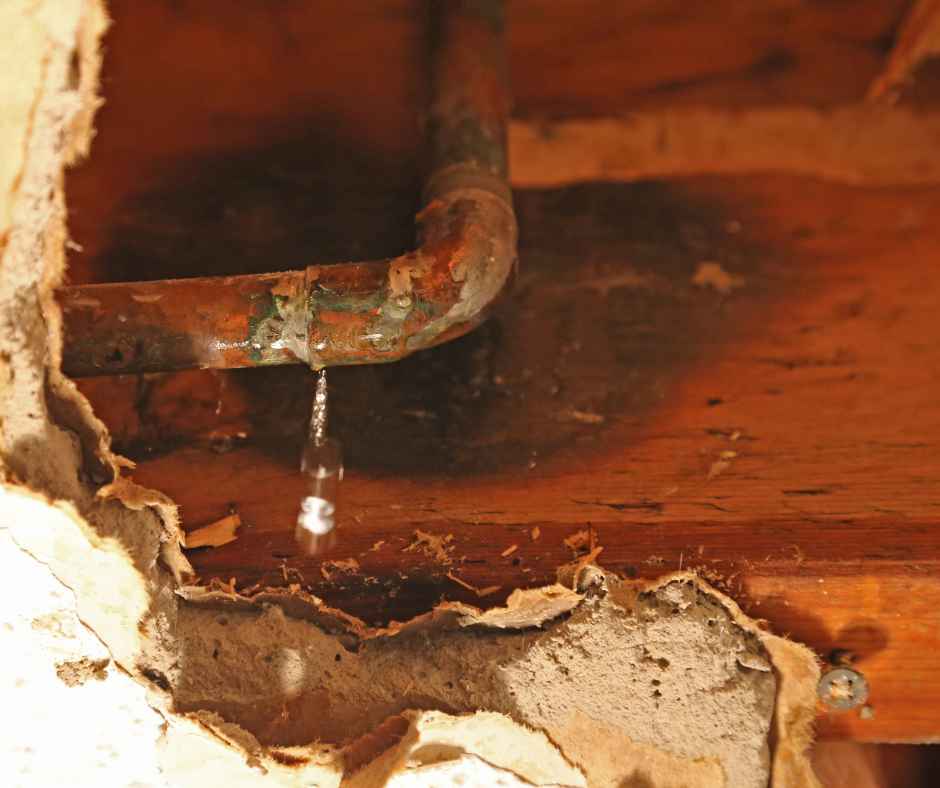
What to Do If You Have a Hidden Leak in Your Seattle Home
December 12, 2025

Emergency Plumbing in Rainy Season: What Seattle Homeowners Need to Know
November 12, 2025
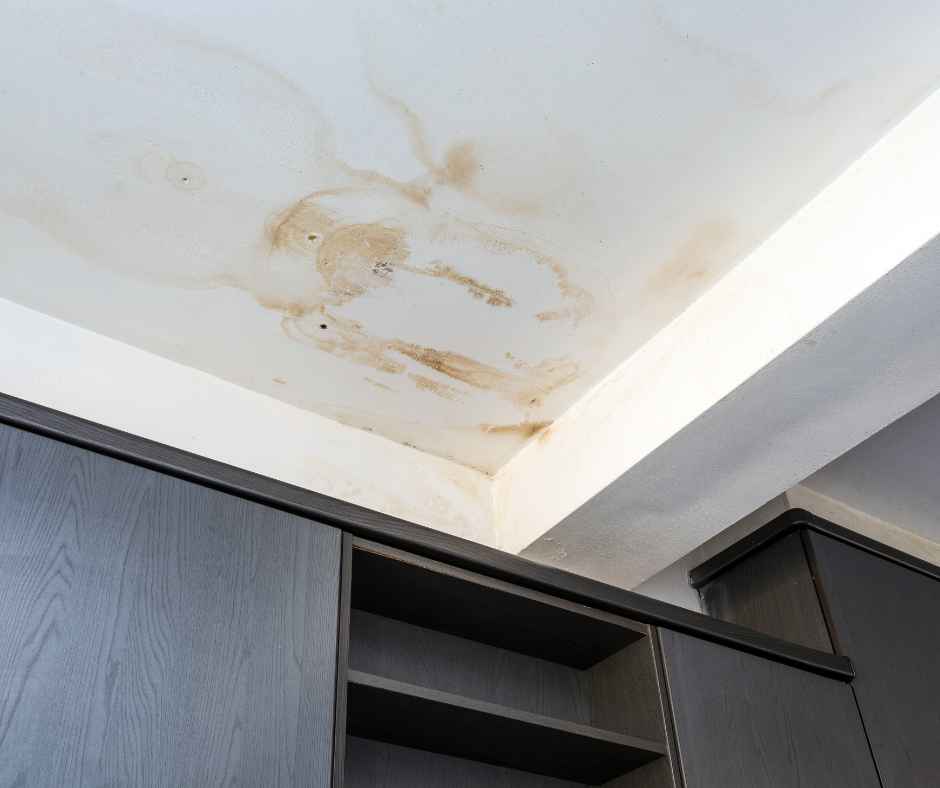
How Older Seattle Homes Hide Plumbing Nightmares
October 22, 2025
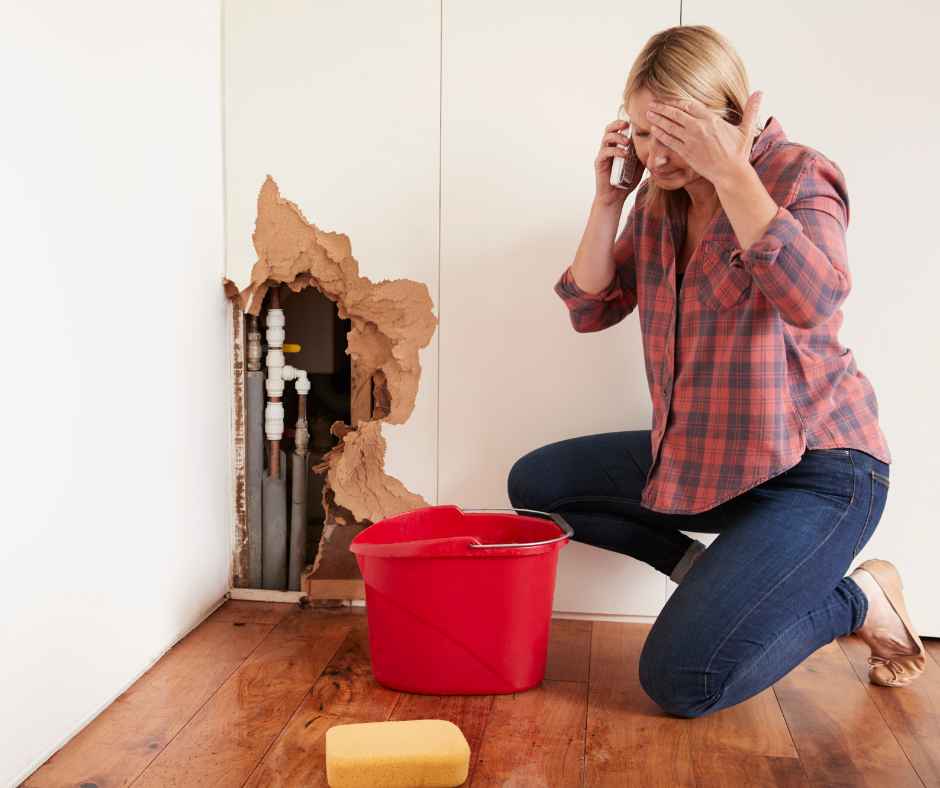
How to Prevent Burst Pipes in Older Renton Homes Without Full Repiping
September 15, 2025
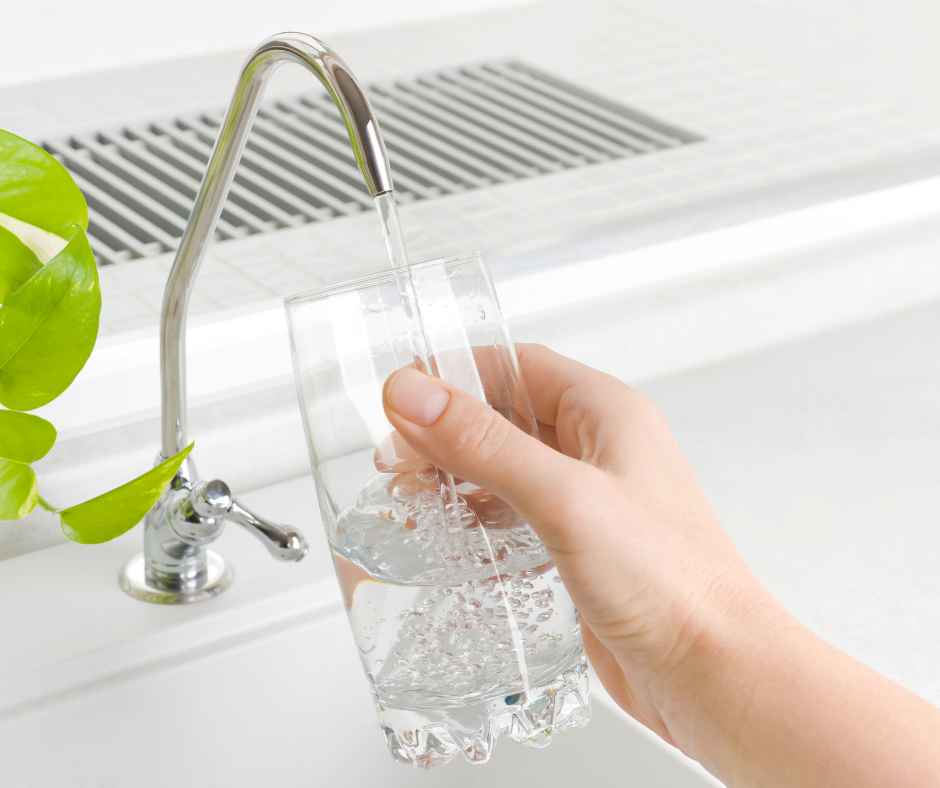
How to Pick the Right Water Filtration System for Renton’s Water Quality
July 17, 2025
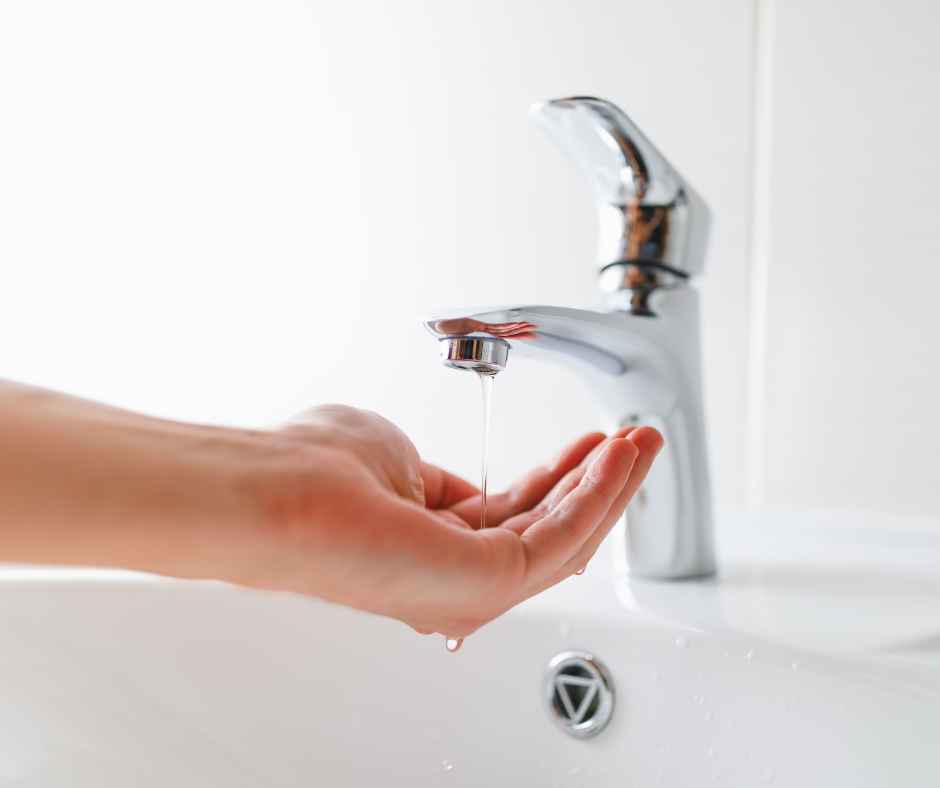
Why Is My Water Pressure Low?
June 16, 2025
